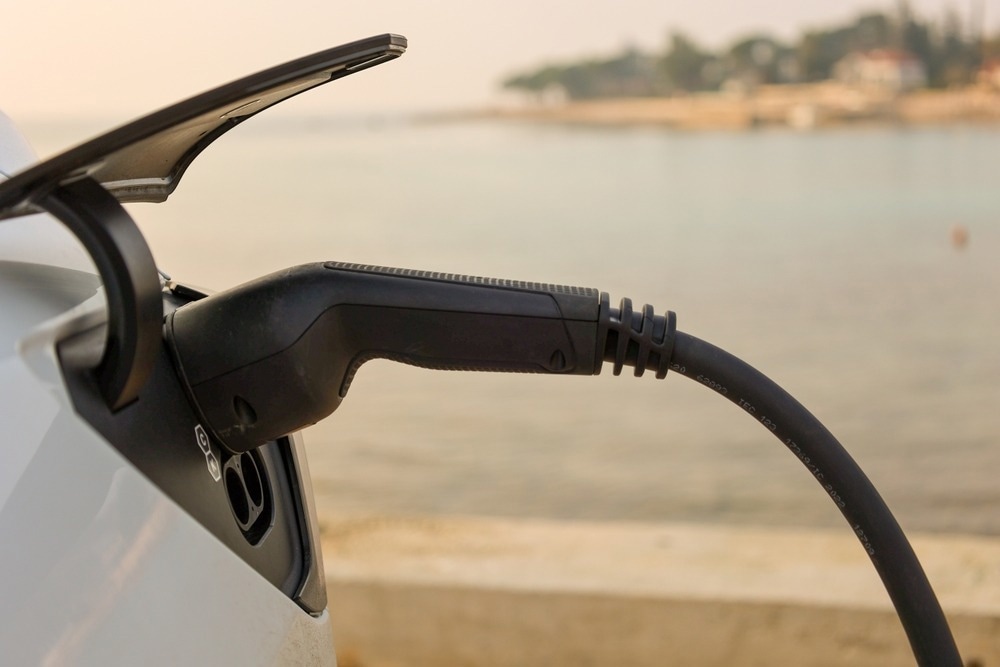
The unique combination of data by Vaisala Xweather allows automakers to simulate the effects of weather and road conditions on the energy consumption of electric vehicles (EV). Range anxiety is often cited as a major obstacle for EV sales. Improving the dependability of range predictions in varying weather conditions helps drivers better predict schedules, prepare trip itineraries, and feel in control behind the wheel.
Vaisala, a global leader in measurement technology, has added a new data set to its Xweather road offering for car manufacturers and automotive technology companies. It allows automakers to leverage data on road and atmospheric weather, and information on road surface conditions from a single source, helping to improve the real-time predictions of electric vehicle range.
The new addition marks the first time that the automotive industry gains access to data that combines road and atmospheric weather with detailed information on the condition of the road.
More than half of the drivers have anxiety over EV range
“EVs are almost like Goldilocks – they like it when the temperature is just right. The impacts of cold weather on EV battery performance are well-known and widely scrutinized by the media every single winter, but hot temperatures can also decrease range significantly. An EV can lose 20%–40% of the range predicted by the manufacturer when the air temperature is extremely hot or cold. Add snow on the road and high winds and the loss might be as bad as 75%,” says Lasse Lumiaho, Product Manager, Road Weather at Vaisala Xweather.
For drivers, the main issue is disappointment with the real-world range compared to the advertised ranges on a single charge. According to a 2022 survey, more than 60% of EV drivers have constantly either chosen to forgo a trip entirely, have rearranged travel plans or have general anxiety over range.
Currently, car manufacturers can choose to use the U.S. Environmental Protection Agency’s well-researched estimate or create their own range prediction criteria to suit each car model’s specifications. These predictions are based on tests conducted on the different car models. The real-world range of an individual EV is impacted by four main factors: the car itself, the driving style, the traffic and topography on the route, and weather conditions.
“Out of the four, we have weather covered with our data. Anyone who has driven an EV in winter knows very well that the cold drains the battery faster. In addition to the temperature, we consider aerodynamic resistance, such as windspeed and direction, and rolling resistance caused, for example, by snow or water on the road,” says Lumiaho.
Enhancing EV range estimates rises on manufacturers’ agenda
Transitioning away from fossil fuels has never been so urgent. EVs offer one solution to cut down carbon emissions, and removing drivers’ concern over real-life range in varying weather conditions can help to speed up the change.
“The fact is that no one wants to do the math every single time they want to set out on a trip that’s longer than a grocery store run. Whichever side of the table you are on, we all want to end range anxiety and our new offering brings in data in a way that hasn’t been done before. Some car manufacturers and navigation companies are already taking steps to improve EV range predictions and weather data will be part of these solutions,” concludes Lumiaho.
